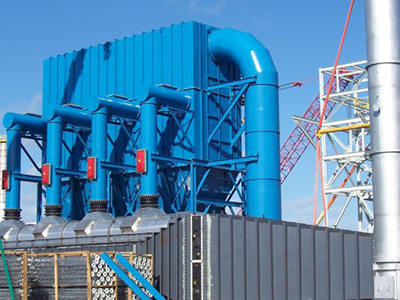
Primer: Three common reasons to use wet scrubbers to control air quality
Mike Edwards
Features dust collection Sly video wet scrubbers Wet dust scrubbers effectively eliminate the risk of a dust explosion within the collector by mitigating and removing many of the factors required for an explosion. Using a scrubbing liquid, wet scrubbers can reduce heat sources, stop clouds of dust from forming, and eliminate dust dispersion by aggregating dust particles within water droplets.
Wet dust scrubbers effectively eliminate the risk of a dust explosion within the collector by mitigating and removing many of the factors required for an explosion. Using a scrubbing liquid, wet scrubbers can reduce heat sources, stop clouds of dust from forming, and eliminate dust dispersion by aggregating dust particles within water droplets. When it comes to air quality, it’s important to choose the best air pollution collection system for your specific application. Choosing the right system can mean the difference between a safe, productive work environment, and a plant shutdown.
With high collection efficiencies and several operational benefits such as minimizing the risk of a dust explosion, wet scrubbers are a great choice for industrial air quality control. However, certain conditions are more appropriate for a scrubber than others.
Wet dust scrubbers effectively eliminate the risk of a dust explosion within the collector by mitigating and removing many of the factors required for an explosion.
Using a scrubbing liquid, wet scrubbers can reduce heat sources, stop clouds of dust from forming, and eliminate dust dispersion by aggregating dust particles within water droplets.
Take a look at Sly’s blog on the three most common reasons to use a wet scrubber to see if one is right for your application.
Watch video demonstration:
Print this page